A few minutes after 11am we are able to make out the shape of Cape Horn through the fog front of us. I head up to the bridge for a better view and to learn more.
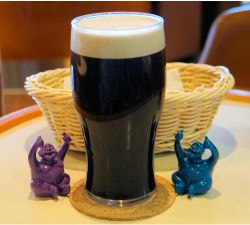
The seas immediately become more calm as we turn to the east. It is easy to see how Cape Horn was such a milestone in the sailing days. If the ship was able to make the turn it survived. If not, it often went into the rocks and went down.
This evening we have the captain's cocktail party and dinner. Luckily only the staff dresses up for the event. There's a recap from Brent and a few of the Naturalists. The Captain talks about our journey South and is obviously very pleased that we reached Latitude 68 degrees 41 minutes South safely with the 85 crew members and 169 passengers on this voyage. Everyone is in a happy mood as we progress to our last wonderful dinner onboard the Nat Geo Explorer.




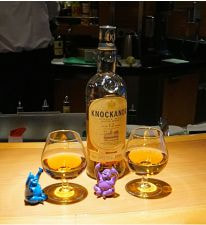





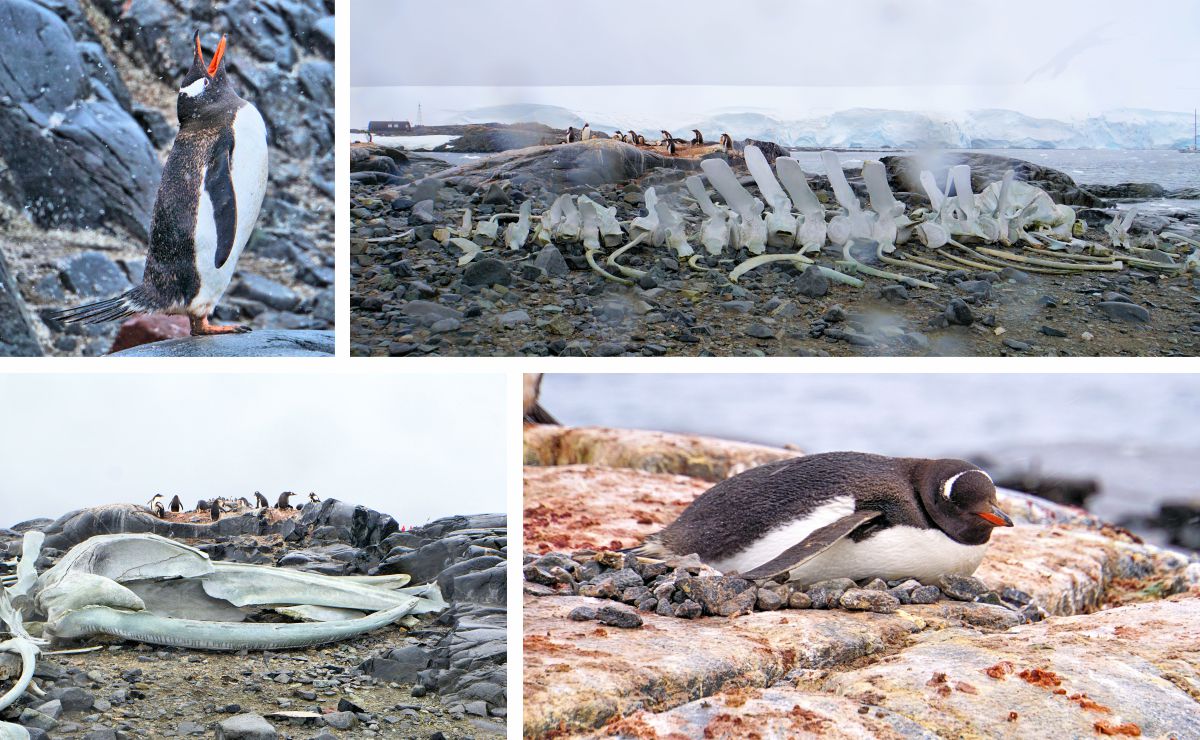



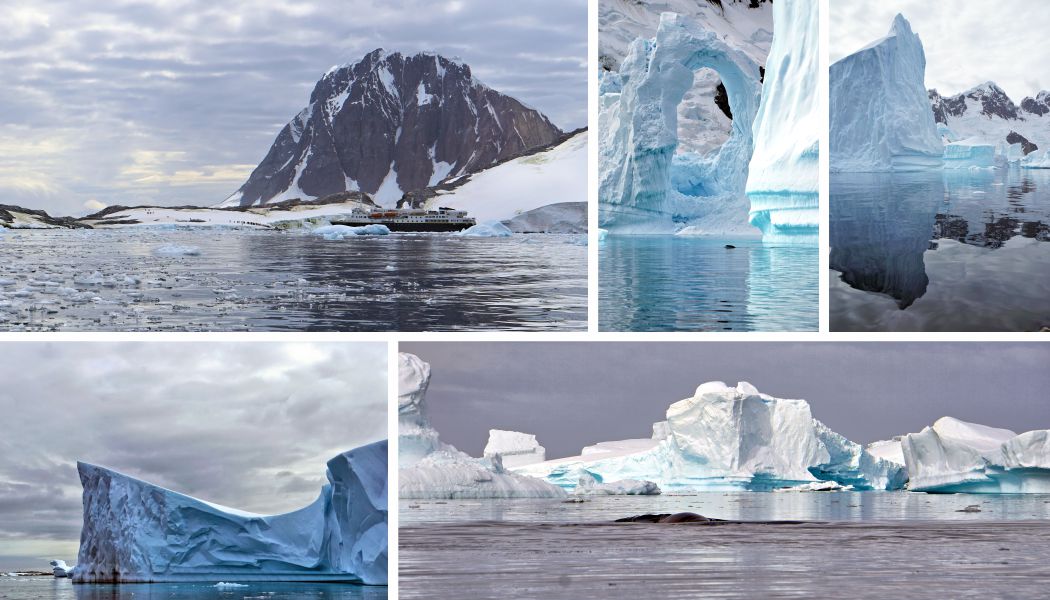


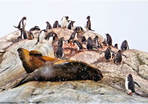

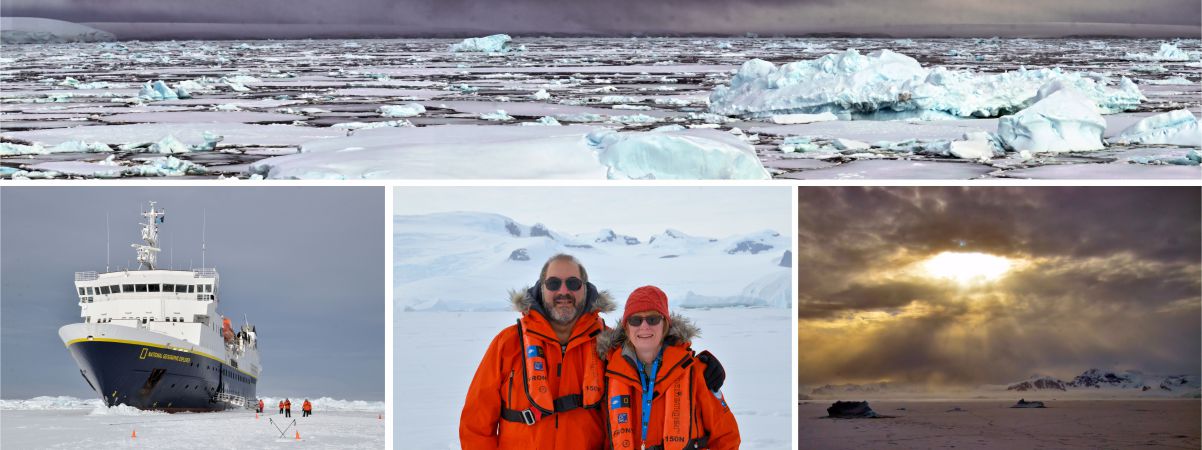
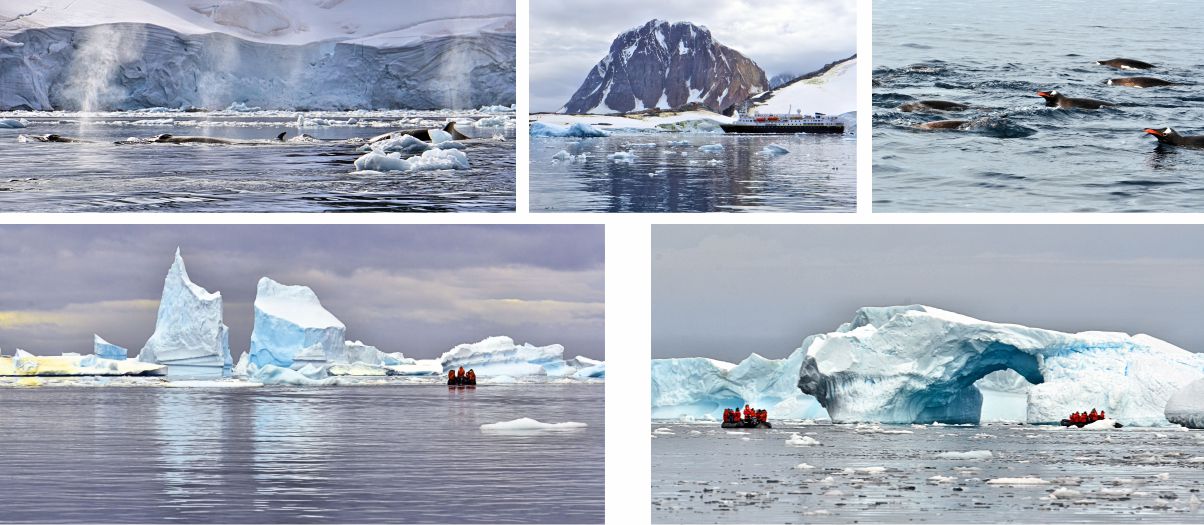







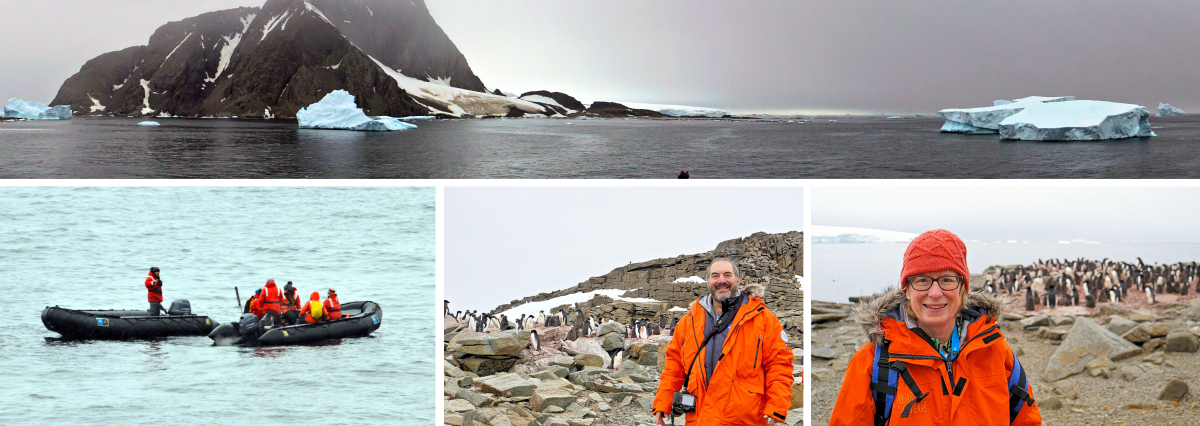






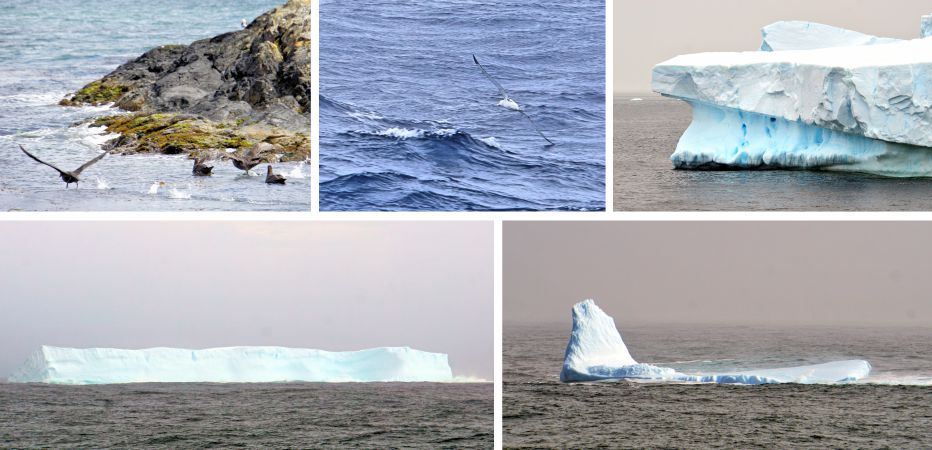



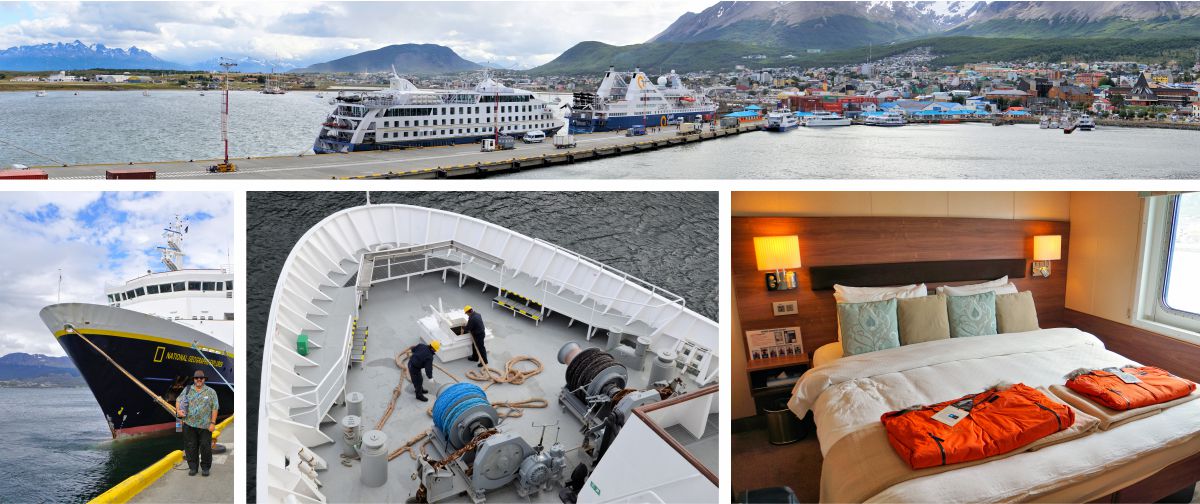




 RSS Feed
RSS Feed